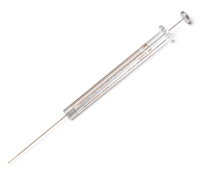Your basket is empty...

 A Photoionization detector (PID) uses an ultraviolet (UV) light source to ionize chemicals to positive and negative ions that can be easily counted with a detector. Ionization occurs when a molecule absorbs the light energy. The gas becomes electrically charged. These charged particles produce a current that is then amplified and displayed on the meter as "ppm" or even "ppb".
A Photoionization detector (PID) uses an ultraviolet (UV) light source to ionize chemicals to positive and negative ions that can be easily counted with a detector. Ionization occurs when a molecule absorbs the light energy. The gas becomes electrically charged. These charged particles produce a current that is then amplified and displayed on the meter as "ppm" or even "ppb".







